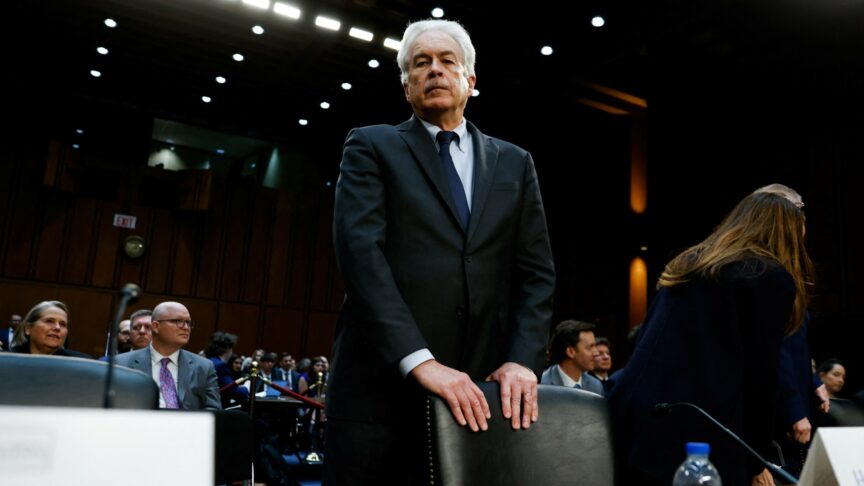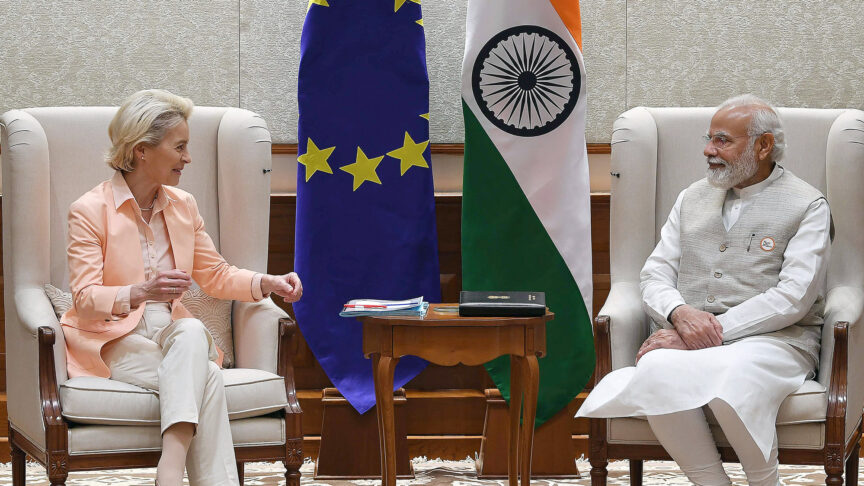Hardware & software
Spain seriously needs to review its priorities in public expenditure, and its attitudes toward education. Otherwise it will go on being that country which a former German foreign minister called “a beautiful country, full of four lane divided highways with no cars on them.”
A country, like a computer, needs both hardware (infrastructure) and
software (people able to make the most of them). It is no use purchasing the
latest computer on the market, if you don’t set enough aside to buy the
programs that will make it work. A computer without a program is just an idiot box.
And we may well ask whether a country with a now extensive network of
high-speed trains, and at the same time four and a half million unemployed, and
a pathetic level of expenditure on R&D, is also an idiot box.
In 2009, not only did Spain
invest three times as much as Germany
in infrastructure (1.79 percent of GDP against 0.9 percent) but, as our public works
minister has himself explained, these investments were made without “forecasts
of demand to weigh the economic viability of the works, or a study of
maintenance needs.”
Thus, while the Spanish government spent part of its ¤17.2-billion annual budget on fripperies such as
double high-speed train routes to Galicia and Cantabria, Spain still lacked a
public kindergarten network. It had a primary-school network dating mostly from
the 1960s, a school failure rate of 30 percent in secondary education, a vocational
training system in a chronic state of neglect. It possessed 77 universities, not
one of which is reckoned among the world’s top 150, and a patchwork of
employment services that are wholly incapable of dealing flexibly with the task
of recycling unemployed people for new jobs. Whatever the reasons, we have been
spending huge amounts on hardware, and very little on software.
When in 1986 I enrolled in the last year of secondary school in
Hillerod, a town of 30,000 people to the north of Copenhagen,
I was surprised to find that a Danish high school had less than 20 pupils per
class; taught three languages, and the use of 10 or 12 musical instruments; had
a covered swimming pool, several soccer fields and a theatre. However, the
Danish highways were nothing to write home about. The commuter trains, though
punctual, were old. Crossing the country was a pilgrimage in which, every few
kilometres, you had to put the car on a ferry from one island to the next.
True, dental care was free for everyone, the scholarship system was excellent,
and the care for old people simply amazing.
I have not looked up the Danish per capita income for 1986, but I
imagine it would not be too far different from that of Spain today.
The Danes dragged their feet and doubted for a long time when it came to
building the great bridges that now join the continent to Scandinavia,
since the costs were huge and the priorities of education and social welfare
were very clear. Today it is still one of the world’s richest countries, with a
high level of education and a tiny unemployment rate, in a relatively egalitarian
society.
In the 1980s in Spain
we used to have meagre infrastructure much in need of modernization, which were
among the reasons for our backwardness. However, once we started building things,
it seems that we were unable or unwilling to stop. The regional premier of
Cantabria’s irate reaction to the government’s suspension of plans for a new
high-speed train direct to his bailiwick – warning Prime Minister Zapatero that
the Cantabrians will not tolerate “the humiliation” of having to go to Madrid
in high-speed train by a roundabout route via Bilbao – shows to what point
these infrastructures have gone to our country’s head, to the detriment of
social and educational expenditure.
Spain seriously needs to review its priorities in public expenditure, and its
attitudes toward education. Otherwise it will go on being that country which a
former German foreign minister called “a beautiful country, full of four lane divided
highways with no cars on them.” [email protected]
This article was published in El País English edition on 25 May 2010.
(English translation)
‘Hardware’ y ‘software’
Los países son como los ordenadores: necesitan tanto unas buenas infraestructuras (el hardware) como personas capacitadas para obtener el máximo rendimiento de ellas (el software).
Como cualquier usuario de informática sabe, de nada sirve comprar el
último ordenador disponible en el mercado si uno no reserva el
suficiente dinero para adquirir los programas informáticos que lo harán
funcionar. Pues igual que un ordenador sin programas no es más que una
caja tonta, cabe preguntarse si un país que tenga el mayor número de
kilómetros de vías de alta velocidad de Europa y, a la vez, más de
cuatro millones y medio de parados y un gasto ridículo en innovación y
desarrollo, es también una caja tonta.
En el
año 2009, España no solo invirtió en infraestructuras el triple que
Alemania (1,79% del PIB frente a 0,69%), sino que como hemos conocido
por boca del propio Ministro de Fomento, esas inversiones se realizaban
sin “el análisis de la previsión de la demanda para valorar la
viabilidad económica de las obras o el estudio de las necesidades de
mantenimiento”.
Así que mientras que el Gobierno se gastaba una
parte de los 17.200 millones anuales de presupuesto para
infraestructuras en lindezas como una doble entrada de alta velocidad a
Galicia o Cantabria, España seguía sin una red pública de educación
infantil (0-3 años), contaba con una red de escuelas de Primaria que en
su mayoría datan de los años sesenta, soportaba un fracaso escolar del
30% en la Educación Secundaria Obligatoria, disponía de una Formación
Profesional víctima de un abandono histórico, no contaba con ninguna de
sus 77 universidades entre las primeras 150 del mundo y se conformaba
con unos servicios de empleo incapaces de gestionar de forma ágil y
flexible el reciclaje formativo de los desempleos para orientarlos a
nuevos empleos.
Haría falta un estudio en profundidad para ver
cómo y por qué se han asignado las prioridades de gasto en este país,
pero el resultado es claro: mucho hardware y poco software (y, por añadidura, poco gasto social).
Cuando
en 1986 me matriculé en el último curso de Bachillerato en el instituto
público de Hillerød, una pequeña población de unos 30.000 habitantes al
norte de Copenhague, mi sorpresa fue mayúscula: en mi instituto danés,
además de tener menos de 20 alumnos en clase, se impartían tres
idiomas, había piscina cubierta, varios campos de fútbol, aula de
teatro y clases de 10 o 12 instrumentos musicales.
Sin embargo,
las carreteras danesas eran solo regulares, y sus trenes de cercanías,
aunque puntuales, estaban viejos. Cruzar el país era una pesadilla,
pues cada pocos kilómetros tenías que meter el coche en un
transbordador para cruzar de una isla a otra. Eso sí, la asistencia
dental era gratuita para todos los daneses, su sistema de becas
fantástico y su red pública de residencias de ancianos sencillamente
apabullante.
No he mirado cuál era la renta per cápita de
Dinamarca en 1986, pero imagino que no sería muy distinta de la de
España hoy en día. Los daneses tardaron bastantes años y dudaron mucho
a la hora de construir los grandes puentes que los unen hoy con
Escandinavia y con el continente, ya que los costes eran enormes y las
prioridades educativas y de bienestar estaban claras.
Hoy siguen
siendo uno de los países más ricos del mundo, con mejores niveles
educativos y con tasas de paro ridículamente bajas, a la vez que una de
las sociedades más igualitarias.
Al otro extremo de Europa, en
España, teníamos unas infraestructuras penosas que era necesario
modernizar, pues suponían una de las razones de nuestro histórico
atraso. Sin embargo, parece que no supimos o no quisimos parar. La
airada reacción del presidente de Cantabria ante el anuncio de la
suspensión del proyecto del AVE Palencia-Cantabria, advirtiendo al
presidente José Luis Rodríguez Zapatero de que los cántabros no
tolerarán “la humillación” (sic) de ir a Madrid en alta velocidad
pasando por Bilbao, muestra todavía hasta qué punto a este país se le
han subido las infraestructuras a la cabeza en detrimento del gasto
social o educativo.
Si España quiere tener algún futuro, debería
revisar aún más profundamente sus prioridades de gasto y sus actitudes
hacia la educación. De lo contrario, seguirá siendo ese país que un ex
ministro de Exteriores alemán describió irónicamente como “un precioso
país lleno de autopistas vacías”.
Este artículo fue publicado en El País el 24 de mayo de 2010.
The European Council on Foreign Relations does not take collective positions. ECFR publications only represent the views of their individual authors.


